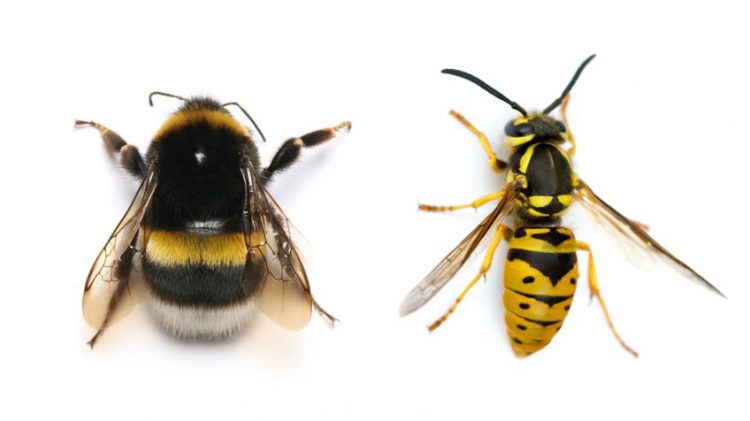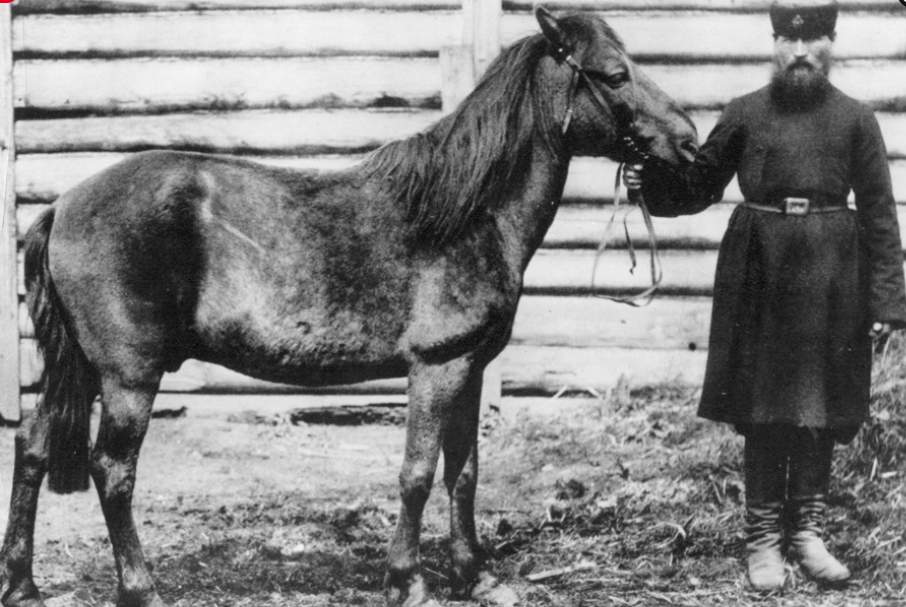Bees and wasps are two of the insects most beneficial to human beings. Normally, bees produce honey and wax and serve as imperative pollinators. However, wasps attack and destroy numerous kinds of harmful insects, including flies and caterpillars. Despite their value, several kinds of bees and wasps are unwelcoming in and around buildings because of their ability to sting and their tendency to defend their nests.
Wasps are rather like bees in appearance, and honey bees are often blamed for the misdeeds of some of the social wasps, such as hornets and yellow jackets. Wasps can sting repeatedly, while the honey bee stings only once and leaves a stinger at the site of the sting. Although both wasps and bees can be readily controlled with insecticides,. Honey bees present more serious removal problems because of the larger size of their colonies and their tendency to nest within the walls of buildings.
Honey Bee Swarms
Honey bee colonies mostly divide by swarming in the spring and early summer seasons. Half or more of the worker bees leave their home to begin a new colony, usually with their old queen. They cluster temporarily on some object, such as a tree branch, for a period of a few hours to several days and then enter a new home, such as a hollow tree or the wall of a building.
Swarms are not usually, a problem unless they land in an inconvenient spot or if they are molested. They are best left alone until they leave. Otherwise, contact the local police department or other agencies for the names of beekeepers willing to collect swarms. Thus, the little value of the bees themselves and other difficulties of collecting swarms have forced numerous beekeepers to charge for the service.
An alternative is to have the bees killed by a pest-control operator, who will also charge for doing the job. If one person agrees to come for the bees, do not contact other people about doing the same job.
Honey Bees in Buildings
When a swarm enters a building, it begins to build combs of wax in which to rear young bees and store honey. Only at this time, when the bees first enter, can they be killed without having to open the wall and remove large quantities of dead bees, wax, and honey. If the colony has been in place for a month, it must be removed after it is killed to prevent problems from the odors of decaying bees. The other insects penetrate the wall and are released within the wall as combs melt or are demolished by other insects or mice.
Moreover, insecticides are the safest and most suitable materials for killing bees in buildings. Do not use fumigants or other poisonous or flammable compounds. Carbaryl (Sevin), chlordane, lindane, and malathion are the most suitable. All of them are toxic to humans and must have been used with care according to the directions on the container label.
Before applying an insecticide, you must know the location of the colony in the wall, especially in relation to the flight entrance. In many cases, the colony’s nest is far enough away from the entrance that insecticides applied at the entrance will not reach the bees.
The Honey bees’ nest should be sited by tapping on the wall at night and carefully listening for the area of the loudest buzzing sounds. The bees keep the nest center at about 95° F., a temperature high enough to warm the wall beside it so that you may be able to feel as well as hear the nest location.
Either dust or spray formulations can be used within walls or other cavities, but dust generally disperses better within them. Apply the insecticide at night through the entrance hole if the colony is close to it on the wall. Or else, drill a hole in the wall above the colony and put on the dust or spray through it. After that, you need to seal the hole and all other holes through which bees might penetrate or leave the wall.
Therefore, if there is a very large colony, it may need additional treatment after about 10 to 12 days to kill the emerging young bees. After all sound and flight activity has ceased, or at least within 2 weeks, open the wall and remove all dead bees, combs, and honey. These must be burned or buried because they are attractive to other bees and are toxic to both bees and people.
Do not expose the honey and wax where other bees can reach them, or you may damage valuable honey bee colonies nearby. The location within the wall will be attractive to other swarms unless it is sealed tightly to keep them out. An additional application of lindane or chlordane spray will also help to prevent the entry of another swarm.
There is an element of risk, or at least uncertainty, in dealing with bees, and you may prefer the job done either by a competent pest control operator or an experienced beekeeper. No matter who does the job, it may pose problems and considerable expense, at least in man hours of labor. Systems of trapping the bees or removing them alive from the wall are usually not satisfactory and are not recommended.
When bees or wasps enter a room or an automobile, they rarely sting and usually fly to a window. Moreover, in a room, they can be killed with an aerosol spray containing one of the insecticides. If a bee enters your vehicle, be calm, stop the car, and open the windows to let it out. A bee or wasp on the windshield or rear window may have to be “herded” out with a map or newspaper or crushed quickly with a handkerchief or wad of paper.
Other Bees
Bumblebees are sporadically a problem when they nest in and around buildings or near walks. Naturally, they like to build nests in old mattresses, car cushions, and other places, such as mouse nests. The colonies may vary widely in disposition and size, with rarely more than a few hundred bees. They can be killed by insecticide dust or spray applied to the nest at night. Thus, you must use the same compounds suggested for use on honey bees.
Carpenter bees are big metallic-colored bees alike in size and overall appearance to bumblebees. They are solitary bees that hardly sting, but often scare people when they boreholes and nest in redwood or other softwoods around a home. They can be killed by injecting insecticide dust, spray, or aerosol into their individual nest holes. Use the materials suggested for honey bees.
Wasps
Hornets, yellow jackets, and paper wasps are social wasps that build gray-colored paper nests in the open or underground. Normally, they frequently sting humans who approach the nests located under eaves, in shrubbery, or in underground cavities close to buildings or walks. The solitary wasps, even the very large cicada-killer wasp that nests in the ground, rarely sting unless they are handled or get caught in your clothing. They have no instinct to protect their nests, as other social species do.
Nests above ground should be sprayed at night with chlordane or lindane. Mix the spray from emulsifiable concentrate or wettable powder. Aerosol spray cans are not suitable for this purpose. Underground nests can be treated by spraying or dusting the same materials into the entrance at night. Also, cover the entrance with a shovelful of moist soil after treatment.
Precautions
The insecticides may be injurious to humans and other animals if used improperly. Use them only when needed, and handle and store them with care. Bees and wasps are highly beneficial insects. Kill only those that may be a hazard to people around your home, farm, or place of business.
Also Read: The Honey Bees are Beneficial







